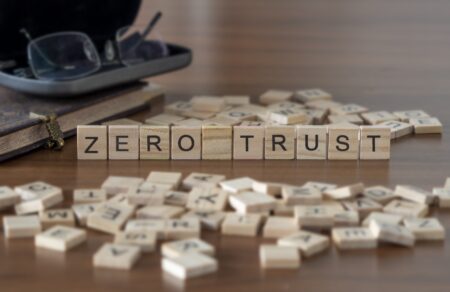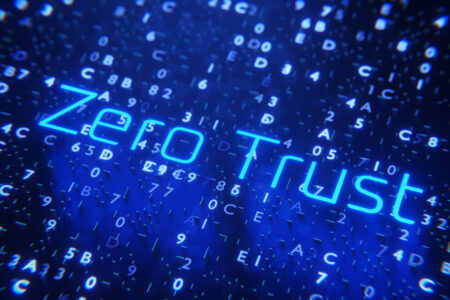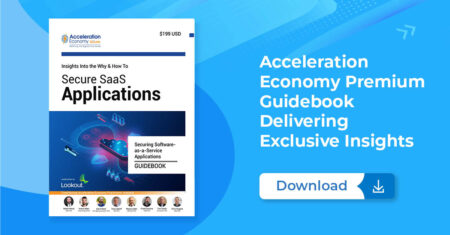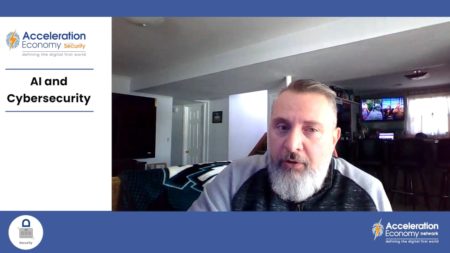Maturity models serve as roadmaps to help organizations successfully navigate their zero-trust journey. Rob Wood breaks down the benefits of one model’s iterative approach.
zero trust
Zero trust, a cybersecurity framework that reduces uncertainty in access decisions, has gained popularity in recent years. CISO Chris Hughes explains zero trust, and why it matters, in detail.
To implement zero trust, business leaders should know a cultural shift is required along with investment in the right tools and resources.
Effective zero trust requires a comprehensive understanding of the organization’s security landscape, a risk-based approach, and a commitment to continuous improvement. Learn how to manage the journey.
The zero trust security framework can protect sensitive data from evolving cyber threats, says Frank Domizio.
Frank Domizio explains why cybersecurity professionals must continuously be on the lookout for ways in which the zero trust security model could become vulnerable to ever-evolving attackers.
The rise of software-as-a-service presents new business opportunities, but also new security challenges that need to be balanced with business enablement to ensure growth and protection. This guidebook on Securing Software-as-a-Service Applications, underwritten by Lookout, provides expert insights on how to integrate SaaS securely into businesses.
John Siefert, Wayne Sadin, Chris Hughes, and John Muehling discuss why data modernization needs require C-suite execs to collaborate.
CISO Frank Domizio looks at common security vulnerabilities in the retail industry and offers practical ways to mitigate them and boost resilience.
Frank Domizio explains how AI is becoming increasingly popular within the realm of cybersecurity, noting the applications of this technology.
Leonard Lee defines what SASE is and puts it in the context of edge-computing. He describes the five core capabilities of SASE and lists key takeaways for the C-suite.
Wayne Sadin explains how data governance came to be so messy, and how strategic use of cloud and cybersecurity can impose order.
Kieron Allen defines the ways that Top 10 Cybersecurity company Palo Alto Networks is using AI and ML to simplify cutting-edge cybersecurity.
Kieron Allen and Chris Hughes discuss how our cybersecurity analysts determined which companies made the new Top 10 list of Cybersecurity Business Enablers.
CISO practitioner analyst Chris Hughes emphasizes why today’s CISOs need to prioritize their agenda to quantify risk, embrace zero trust, and fight talent burnout
Kieron explains how the cloud-based open directory startup has expanded from providing a remote device and identity access management tool to now offering a wide array of services and mechanisms for remote work IT management.
It’s often said that security must be baked in rather than bolted on, and this is especially true when it comes to CISO involvement in an organization’s data governance plans.
Bill Doerrfeld revisits the past decade of rising software vulnerabilities, which reinforces the need to patch compromised servers, use active threat monitoring, and prepare for quick responses to future zero-day exploits.
Analyst Wayne Sadin offers ways for legacy organizations to update their data strategy so that they can keep up with cloud native organizations.
As organizations implement zero trust initiatives, risk scoring becomes an essential factor that can influence user behavior and endpoint security, writes Robert Wood.





















